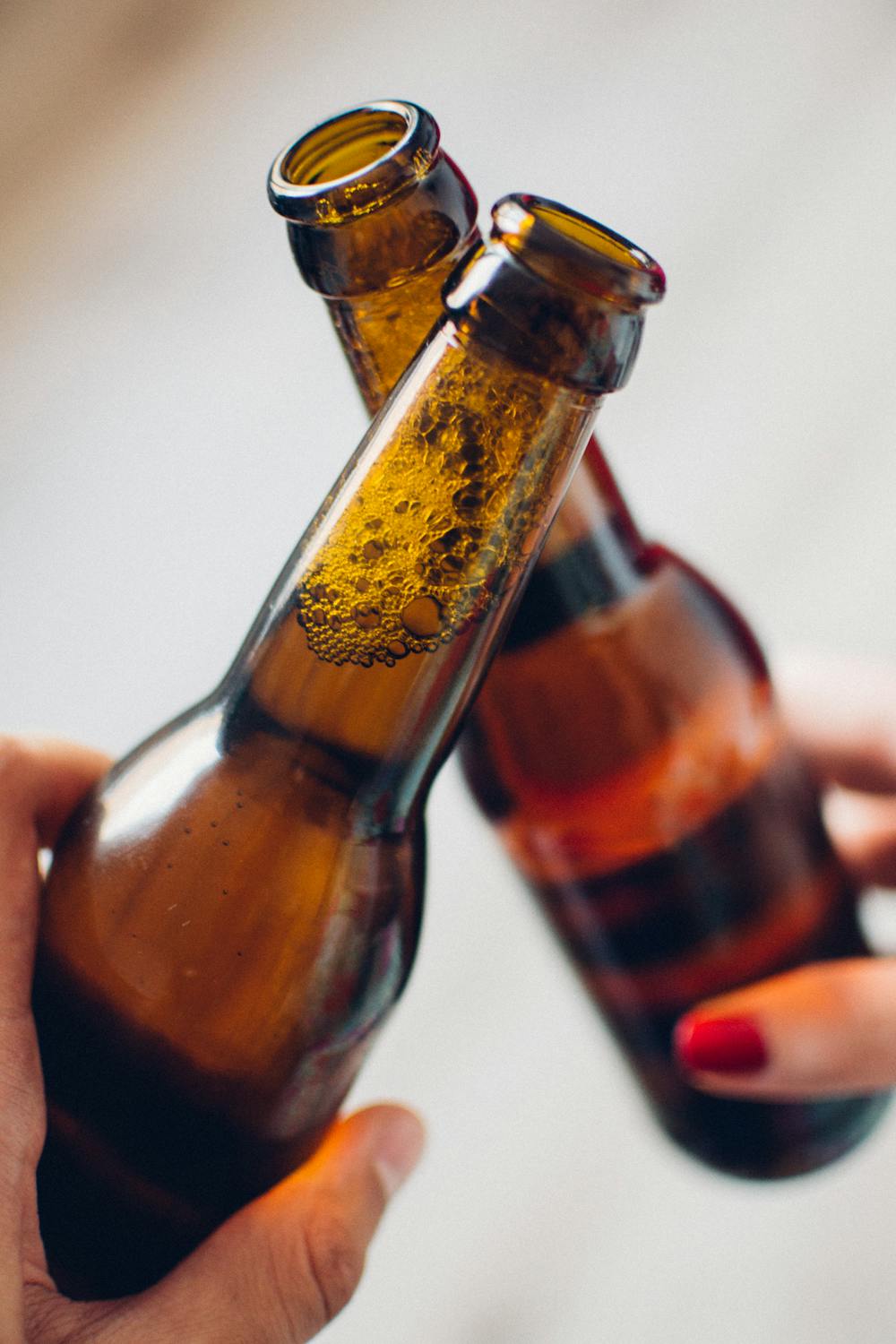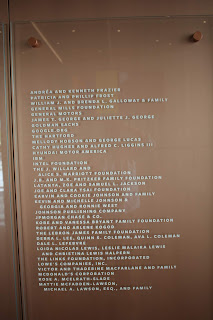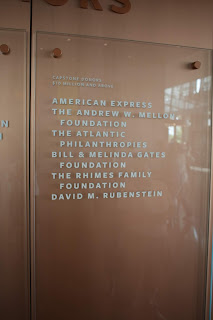I learned young that there is a certain brotherhood in beer. Sure its refreshing, but unlike wine or other hard liquors beer was made to be consumed with friends, or even better, other beer lovers. Beer has an almost magical property to create and build bonds between other beer drinkers, mainly other men. Think I'm lying? Next time you attend a sporting event look around!
Why beer? I have no idea, possibly because it’s a common drink found pretty much anywhere, possibly because (thanks to consistent and pervasive advertising) it’s tied to sports, holidays, hanging out and other events and festivities. Possibly because it has a lower alcohol content than hard liquor and so can be drunk in greater quantities, over time, in more social settings, without getting overly intoxicated. And quite possibly since we have been drinking beer since ancient of times.
This is not to deny the feminine element, after all, women drink beer too. But where and whenever men gather beer has been central to the male bonding process. Maybe, just maybe, because it’s the best damn drink in the world! Beer is one of the oldest social beverages in human history. The ancient Egyptians drank beer, or something that would be quite similar to the beer we drink today. Sure wine has been around just as long, but something about wine has a different social response than beer.
Rites of Passage
Every man can remember his first beer. Not only that, every man can remember who he was with when he had that beer. This was your initiation to the Brotherhood of Beer, and bonds you to your beer brothers forever.
My father drank beer, or from time to time ale; his favorites were Rheingold and Ballantine Ale. Both brands have long been out of production (though I hear Rheingold is making a comeback!), and I can still remember that first taste. The sip from the old man's can that changed me forever and welcomed me to the brotherhood.
In our home, Dad claimed Saturday afternoons for westerns, war movies, peanut butter sandwiches and a cold can of Rheingold or Ballantine. It was his ritual and Dad and I would sit and watch John Wayne win the war, single handed for God and country over and over. He, with his cold one, me with Kool-Aid. It wasn’t long before I got old enough to get my first sip and it was love at first taste! It tasted glorious! Hoppy, cold, bubbly, with a light malty undertone. Hello beer!
That sip was always followed with “don’t tell your mother”, which made it all the more special. It was a secret only we shared that bonded us to each other and as members of the Beer Brotherhood.
As I got older I would go with my family to visit relatives, or to functions or parties, we even threw our fair share of parties too. Always at a certain point the men would disappear to a room or gather in a corner. This was the “beer circle”, and this was where the men discussed "men" things.
This was where advice was given and shared and the deepest secrets of male knowledge revealed and shared. World problems were discussed and debated and the state of Black male culture was commented on. Sometimes heated debates on sports, life, love, politics and current events broke out only to be settled over swigs of beer, dap handshakes and nods of approval. This was where real bonding was taking place and women were not allowed.
For those who are not familiar, the Beer Circle is a gathering of the men from the various family tribes. Not just anybody can participate in the Beer Circle, you have to be recognized, accepted and respected by the members. The one universal rule of beer is you do not drink beer with men you don’t respect and love.
To a boy this was the equivalent of being on Mount Olympus among the immortals, a mere human among the pantheon, and I could not wait for my day to be a part of this, something far bigger and deeper than just my father and I. I would watch my father participate in the circle, laughing, joking sometimes, and at times just parlaying with the other men. And always, when he emerged, it was time to leave, “put your coat on honey, it’s time to go home”, leaving a trail of crushed cans or empty bottles.
Depending on where we were the beer circle would be made up of different men, most often neighbors, sometimes close relatives or friends but the one constant was beer. Beer united these men and made them all equal. Beer was the nectar of the Gods, and the Gods partook liberally. During my puberty years beer played an integral role in forming bonds between my friends and I. Our first experiences were with Pink Champale (God awful stuff to have a hangover from) and later, Golden Champale, then we moved on to that urban favorite, Colt 45 (other God awful stuff). Hey, if it was good enough for Billy Dee, it was good enough for us!
This bonded us as young men, this was our own little beer circle[1]. Here we emulated our fathers and talked of boy things: adventure, girls, growing up, cars, girls, sports and of course girls. Billy Dee Williams drank Colt 45, and of course, every boy wanted to be like Billy Dee!
When I reached 18 or so I was allowed to join the beer circle with my father, but only as an observer, a listener. I wasn’t allowed to participate…..yet. I was a neophyte, an initiate. My job was to listen and learn, clean up the empties and bring fresh cold ones since I was old enough to drink, but not yet old enough to share life experiences yet, and learn I did.
For a young man listening to the experiences of other, older men can be fascinating. Tales of work, sweat, tears, blood and sacrifice were told. Tales of courage in the face of adversity, tales of triumph and frustration, tales of love(s) won and love(s) lost. Many stories are told, many truths put on display, but always, there was beer. That drink equalized everyone. It gave men from different backgrounds, cultures, ages, ethnicity and experiences a common bond and something to equally share. It was in this circle that you were told “your turn is coming Youngblood”, your turn to work, sweat, shed tears, sacrifice and give your all for your family and in turn create your own stories to tell.
In America, this was where the torch was passed from young to old, and your efforts and experiences were to be judged by the elders. This was where the quality of life provided to your family and the man you are is on full display and open to comment and opinion by your peers. This was where I learned a man’s pride and joy was the life he was able to give his wife and family, and that these things were sacred. This was my rite of passage.
Nowadays there is a new breed of men in the world, men who know nothing of beer circles and walking among the elders and peers. Men who don’t value male relationships in the same way I do, know of, or honor rites of passage, male bonding or family in the same way. The Beer Brotherhood I knew is going away or gone, replaced by something new, different, or worse, nothing at all.
Thank goodness I’m an old dude.
Links:
Pink Champale, Golden Champale
Ballantine Ale
Rheingold Beer
[1] Special shout out to my beloved beer brothers: Daryl S., Ben S., Ben C. (Flash), George E. and Martin O. We are and always will be forever brothers!











